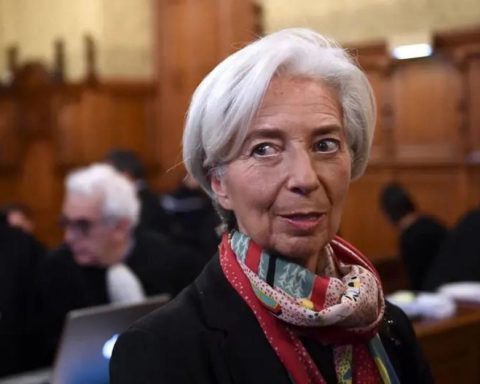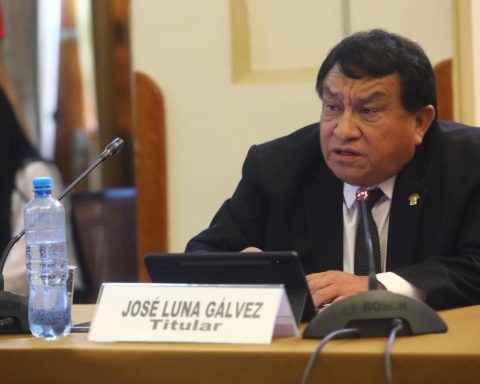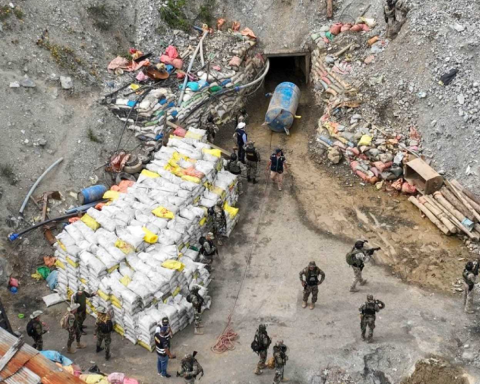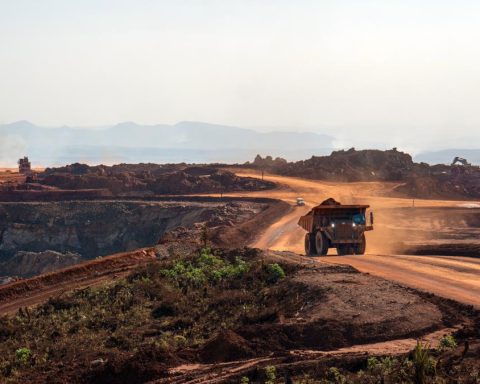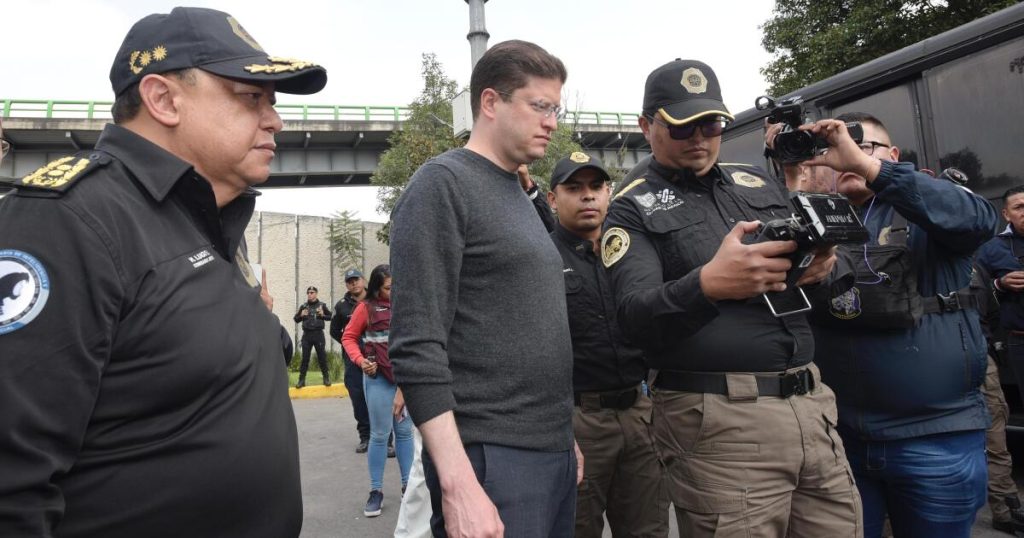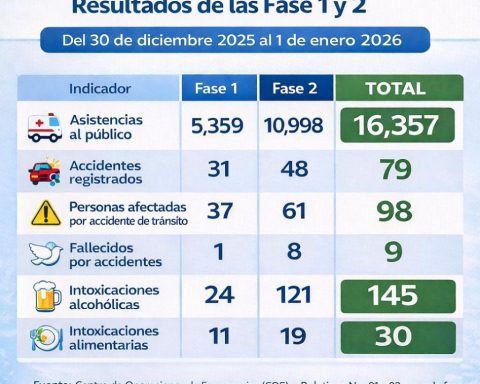Use entity reports such as International Monetary Fund (IMF)the Inter-American Development Bank (IDB) or the World Bank (WB), could be an adventure sport. And this just happened with one of the WB. As Peru and other countries in Latin America are getting closer to achieving their inflation goals for 2024, as the World Bank points out, in a report it recently published, proposals to reconfigure tax systems are being fueled, with the famous lifesavers reappearing such as wealth taxes painted as tools to reduce inequalities and stimulate growth.
LOOK: MF Savings and Credit Cooperative intervenes: These are the reasons
Where does the idea of the wealth tax come from? In Latin America, income tax rates are among the highest in the world, with an average of 24.7%, above the OECD’s 23%, and Asia’s 19%. This discourages investment and innovation, which explains the proposal to shift part of the tax burden towards fixed assets such as property (wealth), which are immovable and difficult to evade. However, this approach ignores a fundamental principle of the free market: more taxes, no matter what they are applied to, tend to generate inefficiencies. A wealth tax, according to Camila Costa, director and economist of the Taxpayers Association, can increase investment costs and discourage capital accumulation, promoting capital flight. These capitals, instead of being invested in Peru, would go to countries that do not have as much tax burden and other positive aspects such as legal security.
A recent report from the World Bank, mistakenly used by pro-intervention and growth sectors of the State, suggests that taxing property is a “less harmful” tax for the economy, as it affects economic growth less versus taxing income or consumption, but this does not It is absolute. In fact, a general and ungrounded office analysis may affirm something like this, but the reality is different. Thus, in Peru this argument underestimates the impact that higher taxes can have on investment and savings, also in a context of insecurity, instability and a government that wastes money and does not provide quality public services (in the last five years , the Peruvian State has stopped executing S/146 billion in public investment, but S/7 out of every S/10 continues to use it to increase its payroll and salary).
In such a context, where the State does not function and does not serve taxpayers, owners, faced with higher tax burdens, could reduce their investments in improvements to their properties or even look for alternatives in other markets.
In that same report, misused, the World Bank also states that 80% of the wealth in Latin America is made up of property, but this only contributes 2% of the revenue, as if warning that it should be taxed more . However, this data should lead us to other more important questions: why is wealth accumulated in properties in Latin America? How do we promote a better financial culture? How do we generate other forms of savings? What are we doing to generate more confidence in the market so that capital moves to different instruments?
Ultimately, the idea that a wealth tax could improve growth in Peru is hard to believe. Increasing the tax burden on properties would not only generate administrative costs, but would also negatively affect investment, savings and, consequently, economic growth. Instead of looking for solutions in more taxes, real reform should focus on reducing inefficient spending, improving budget execution and creating a more conducive environment for investment and development of the formal sector. Error or intention in the misreading of these reports? Hard to know. Read more carefully, easy to order.
RECOMMENDED VIDEO

